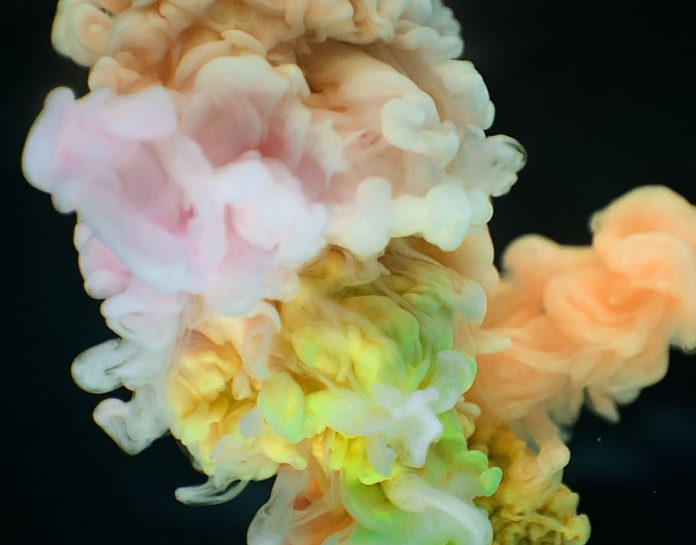In this article we will see how we can refresh file index in PYGLET module in python. Pyglet is easy to use but powerful library for developing visually rich GUI applications like games, multimedia etc. A window is a “heavyweight” object occupying operating system resources. Windows may appear as floating regions or can be set to fill an entire screen (fullscreen). In order to load a file i.e resource we use resource module of pyglet. This module allows applications to specify a search path for resources. Relative paths are taken to be relative to the application’s __main__ module. Refreshing of the file index must be done if path is changed or the filesystem layout changes.
We can create a window object with the help of command given below
# creating a window window = pyglet.window.Window(width, height, title)
In order to do this we use reindex method with the pyglet.resource
Syntax : resource.reindex()
Argument : It takes no argument
Return : It returns None
Example : Below is the implementation of Refreshing File Index
Python3
# importing pyglet module import pyglet import pyglet.window.key as key # width of window width = 500 # height of window height = 500 # caption i.e title of the window title = "Geeksforneveropen" # creating a window window = pyglet.window.Window(width, height, title) # text text = "Welcome to neveropen" # creating label with following properties# font = cooper# position = 250, 150# anchor position = centerlabel = pyglet.text.Label(text, font_name ='Cooper', font_size = 16, x = 250, y = 150, anchor_x ='center', anchor_y ='center')# creating a batch batch = pyglet.graphics.Batch()# loading neveropen imageimage = pyglet.image.load('gfg.png')# creating sprite object# it is instance of an image displayed on-screensprite = pyglet.sprite.Sprite(image, x = 200, y = 230) # on draw event @window.event def on_draw(): # clear the window window.clear() # draw the label label.draw() # draw the image on screen sprite.draw() # key press event @window.event def on_key_press(symbol, modifier): # key "C" get press if symbol == key.C: # printing the message print("Key : C is pressed") # image for icon img = image = pyglet.resource.image("gfg.png") # setting image as icon window.set_icon(img) # refreshing the file indexpyglet.resource.reindex()# start running the application pyglet.app.run() |
Output :





